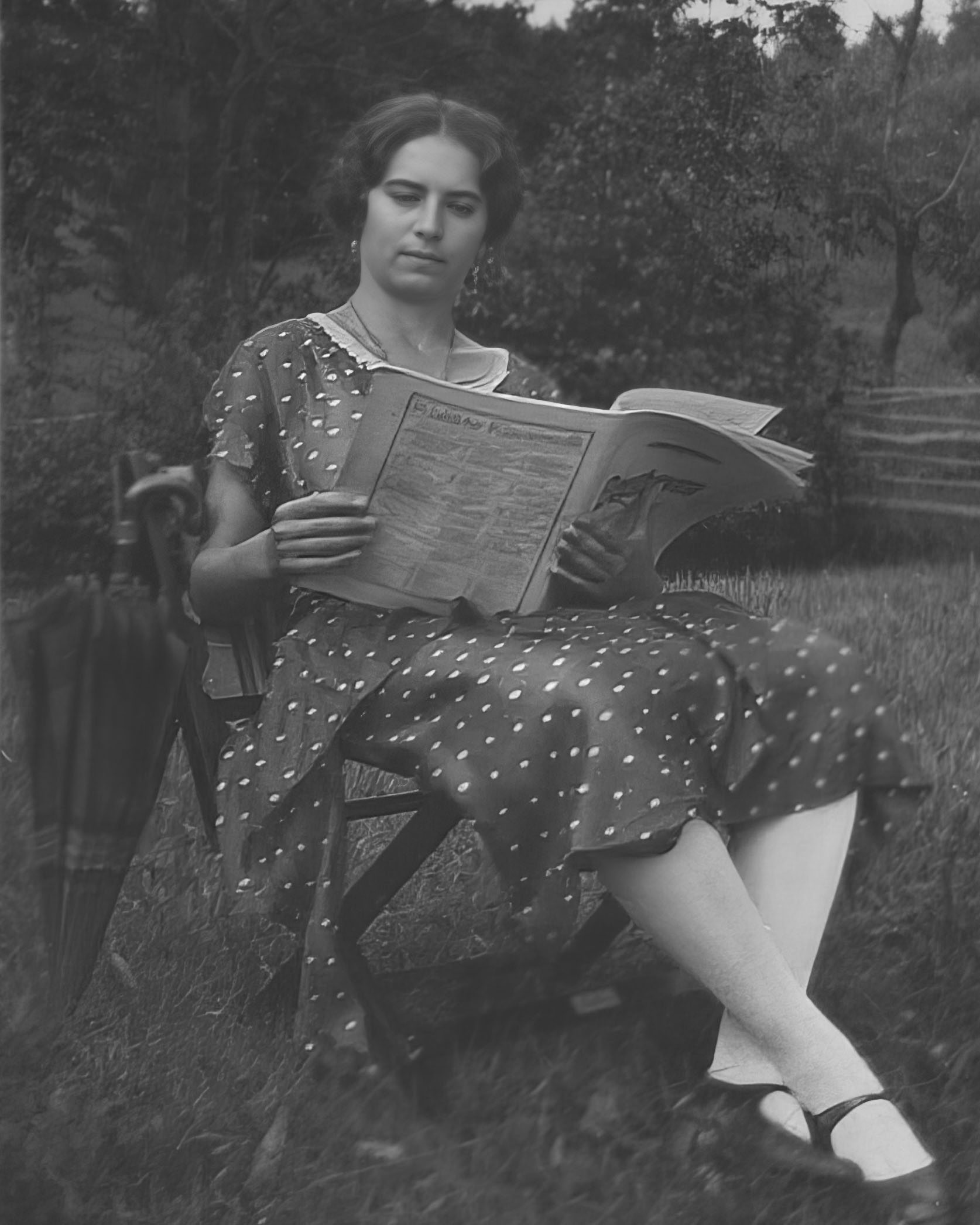00:00
Petronella Göring
15.11.1906 – 21.1.1968
As the only child of a dentist and a mother with a wide range of musical interests, Petronella Göring came into contact with music at a very early age. Despite their modest financial background, they attended the Sunday afternoon concerts at the Vienna Musikverein every week. The girl’s musical talent was soon noticed, and she received her first piano lessons at the age of five, and in 1918 she started as a piano student in the preparatory class at today’s University of Music and Performing Arts, Vienna (mdw). She was privately trained in harmony and counterpoint by Hans Gál. Josef Lechthaler, an important church composer, had a great influence on her compositional development. Gradually, sacred themes became more and more important to Göring as well, and religious themes also took more and more possession of her in her private life. Until 1950 her works were performed quite successfully in Vienna. Later she developed more and more into an outsider.
When the avant-garde was slowly beginning to assert itself in Vienna, Göring still held on to traditional forms. Between 1951 and 1955, eight symphonies were written, but not a single one was performed or published. Her complete oeuvre encompasses almost all instrumental and vocal genres, and her estate is part of the music collection of the Austrian National Library.

Stefan Mendl’s thoughts on the work
Petronella (Petra) Göring was born in Vienna in 1906 and died there in 1968. Her life is a particularly tragic example of a gifted musician and composer who, after initial success and decades of studying composition – first with Hans Gál and later with Josef Lechthaler – never saw a single one of her countless works printed. Smaller works by Göring were occasionally performed, but none of the nine symphonies she wrote between 1951 and 1959 were ever printed or performed. Her complete rejection of “modernism” and her increasing mental confusion, which more and more often manifested itself in paranoid or religious delusions, prevented Petronella Göring from leading a reasonably stable life, either professionally or privately.
Her short three-movement “Petrarca” Sonata from 1946 is a beautiful piece of late Romantic piano music – agogically extreme, with countless accelerandi and riterdandi in a very short space. The second movement, entitled “Sonnet to Laura”, may also be seen as a reference to Liszt and his Petrarch settings. The work is always tonal and is harmonically oriented towards Brahms, though also towards the young Scriabin in places.
